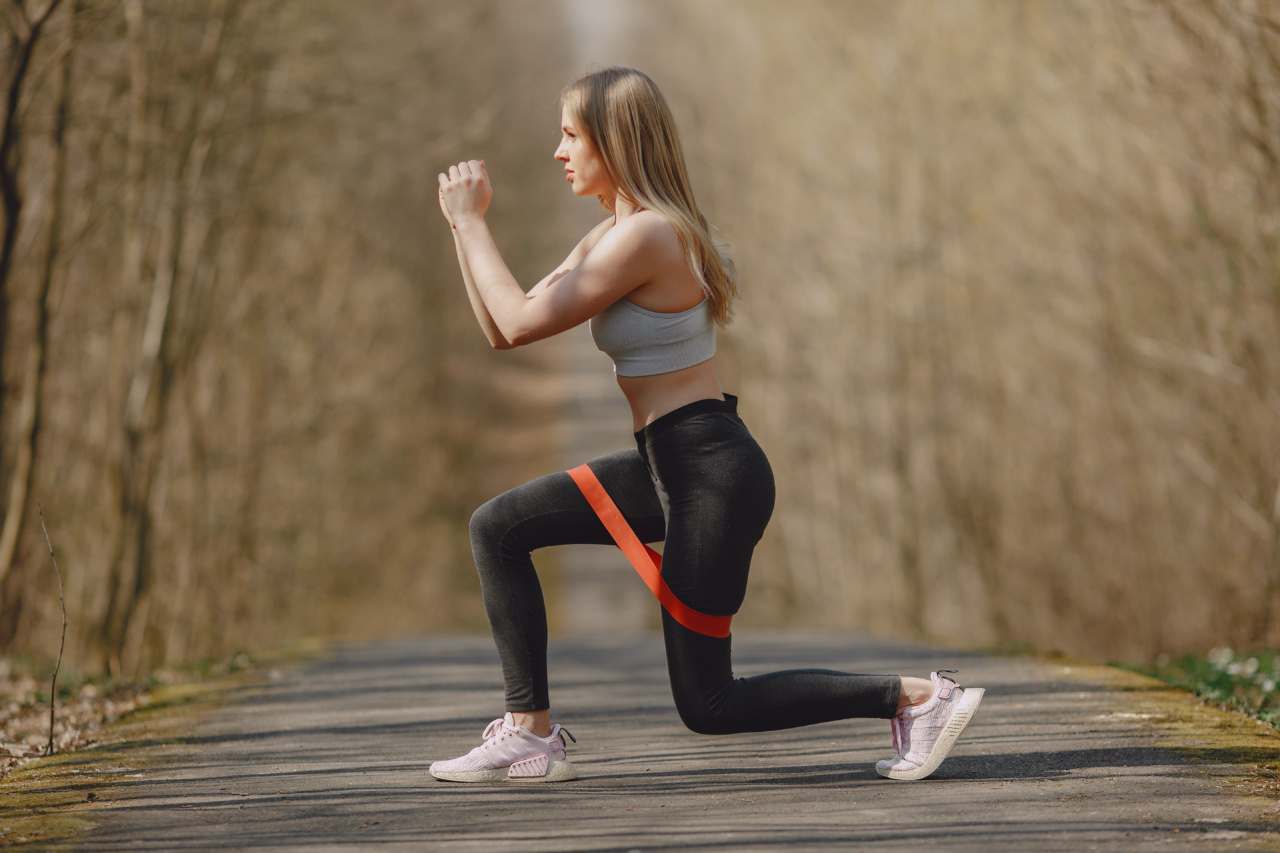Aging is a natural and inevitable process that affects everyone. As we age, our bodies undergo various changes, including a decline in muscle mass, reduced bone density, decreased metabolism, and changes in hormone levels.
These physiological changes can lead to a range of age-related conditions and decreased functional ability.
Fortunately, regular physical activity has been shown to be effective in counteracting the effects of aging and promoting overall health and well-being. Among the different types of exercises, aerobic and resistance training are two popular options.
Both offer unique benefits, but which one is more beneficial for anti-aging? Let’s explore the benefits of each and determine which type of exercise is more advantageous for combating the effects of aging.
Aerobic Training
Aerobic exercise, often known as cardio exercise, refers to activities that increase your heart rate and breathing for an extended period. These activities include jogging, cycling, swimming, and dancing, among others.
Aerobic training provides numerous benefits that can help in the fight against aging.
Improved Cardiovascular Health
Aerobic exercise is an excellent way to strengthen your heart and improve your cardiovascular health.
Regular aerobic training enhances the efficient pumping of blood throughout your body, which can help reduce the risk of heart disease, high blood pressure, and stroke. Improved cardiovascular health can help you stay active and independent as you age.
Increased Metabolic Function
As we age, our metabolism naturally slows down, making it more challenging to maintain a healthy weight. Engaging in regular aerobic workouts can boost your metabolic function, enabling you to burn more calories even at rest.
This can help prevent weight gain and promote weight loss, reducing the risk of obesity and related age-related conditions such as diabetes and joint problems.
Enhanced Brain Health
Regular aerobic exercise has been linked to improved cognitive function and brain health.
Aerobic activities increase blood flow to the brain and stimulate the release of endorphins and other chemicals that contribute to a positive mood and reduced stress levels. These benefits can help maintain cognitive function and reduce the risk of age-related neurological conditions such as Alzheimer’s disease and dementia.
Resistance Training
Resistance training, also known as strength training or weightlifting, focuses on engaging muscles against an external resistance, such as free weights, resistance bands, or weight machines.
While it may not have the same cardiovascular benefits as aerobics, resistance training provides unique advantages for anti-aging.
Increased Muscle Mass and Strength
One of the most apparent benefits of resistance training is the promotion of increased muscle mass and strength. As we age, we naturally lose muscle mass, leading to decreased functionality and an increased risk of falls and injuries.
Regular resistance training can help preserve and even increase muscle mass, enhancing mobility, balance, and overall physical performance.
Stronger Bones
Bone density naturally declines with age, increasing the risk of osteoporosis and fractures. Resistance training, particularly exercises that target the bones such as weightlifting, can help stimulate bone growth and strengthen the skeletal system.
By enhancing bone density, resistance training can reduce the risk of fractures and promote better overall bone health.
Improved Joint Health and Flexibility
Engaging in resistance training exercises can help improve joint health and flexibility. Strengthening the muscles around your joints can provide better support and stability, reducing the risk of joint pain and injuries.
Additionally, by improving flexibility, resistance training can enhance your range of motion, making daily activities easier and reducing the risk of mobility-related issues as you age.
Combining Aerobic and Resistance Training
While aerobic and resistance training offer distinct benefits, combining both types of exercises can provide the most comprehensive anti-aging benefits.
Aerobic exercise promotes cardiovascular health, boosts metabolism, and enhances brain function, while resistance training helps increase muscle mass, strength, and bone density. Together, they create a powerful synergy that can improve overall physical function and slow down age-related decline.
It’s important to note that before starting any exercise regimen, especially if you have pre-existing health conditions, it’s essential to consult with a healthcare professional or a qualified personal trainer.
They can help tailor a program to meet your specific needs and ensure that you’re engaging in exercises safely.
Conclusion
In the battle against aging, both aerobic and resistance training play crucial roles in maintaining and improving overall health.
While aerobic exercise focuses on cardiovascular fitness, metabolism, and brain health, resistance training promotes muscle mass, skeletal strength, and joint health. By combining both types of exercises in a balanced and regular routine, individuals can maximize the anti-aging benefits and enjoy a higher quality of life as they age.






























